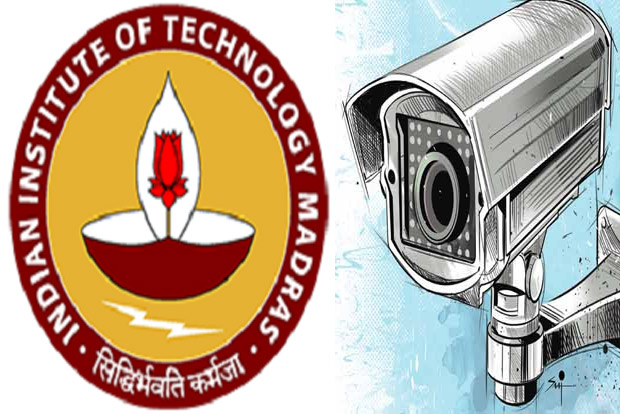Begin typing your search...
IIT-M researchers develop enhanced image processing for CCTV footage
Researchers at the Indian Institute of Technology, Madras, have developed enhanced image processing techniques to mitigate the impact of haze on images captured by surveillance cameras. This can prove crucial in helping law enforcement agencies solve crimes and also help the public.

Chennai
The research can also be applied on self-driving and autonomous vehicles as they, too, require high-quality images taken by cameras for efficient and safe navigation, especially in urban areas. Although CCTV cameras are helpful in providing evidence of a crime, the quality of the image is impacted on foggy or hazy days. The visibility goes down on such days, rendering it difficult to take a clear picture.
In order to tackle the issue, a team of researchers led by Prof AN Rajagopalan, Institute Chair Professor, Department of Electrical Engineering, IIT-Madras, proposed a new approach to increase the visibility of images degraded by haze. Pointing out that most computer vision applications, including surveillance, terrain classification and autonomous navigation, require high-quality pictures and haze can severely undermine performance, Rajagopalan claimed ‘Image de-hazing’ is beneficial even in personal and public transportation systems."
Stating that the researchers have a process in place which can yield almost haze-free images, surveillance can be done in a better way, especially in winters or in mountainous regions, he said. "After this successful research, we are looking at addressing heavy haze and other adverse weather conditions," he added. "The haziness in a scene as captured by a camera has a lot to do with how a human or a camera perceives an object or a scene," he said, adding, "The light first falls on the object and subsequently some of it gets absorbed by the object itself and the rest is reflected back."
He said the viewed or recorded image should ideally reveal the original colour contrast and brightness of the scene. Stating that the medium between the object and the camera can decrease the amount of light which reaches the camera, he said, "The particles in the atmospheric medium reflect ambient light which gets added to the directly transmitted component to produce a hazy effect in the captured image."
Visit news.dtnext.in to explore our interactive epaper!
Download the DT Next app for more exciting features!
Click here for iOS
Click here for Android
Next Story



